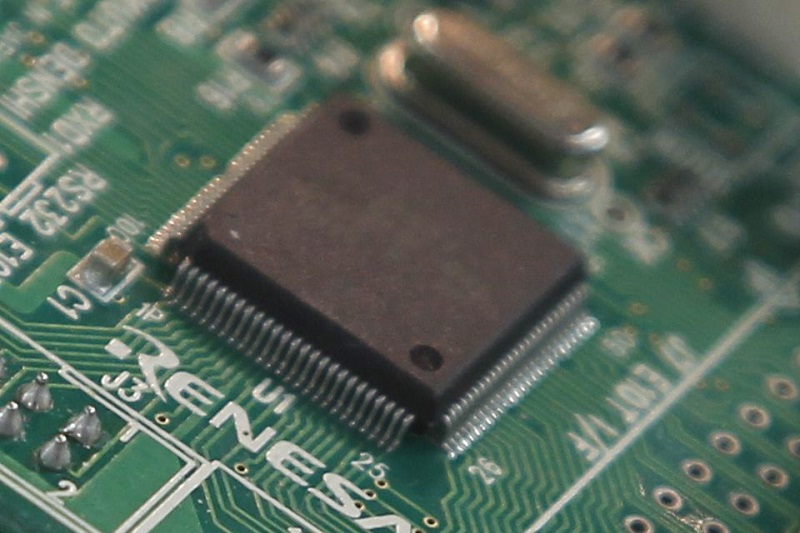Investing.com — September saw stronger-than-expected chip sales, with global semiconductor sales hitting $61.1 billion, marking an 8.8% month-over-month increase, according to Citi analysts.
While this figure aligns closely with the usual seasonal trend of 9.0% growth, it exceeded Citi’s own forecast of $58.8 billion due to “stronger Microcontroller and Microprocessor sales,” the analysts explained.
Year-over-year, September’s chip sales increased by 23.3%, surpassing Citi’s estimate of an 18.6% rise.
Citi maintained its forecast for 2024 semiconductor sales to grow by 17% year-over-year, reaching approximately $618.7 billion.
Despite the robust third-quarter results, which showed an 11% quarter-over-quarter increase (above the 6% historical average), Citi anticipates that fourth-quarter sales may fall slightly below typical seasonal trends, predicting a more modest 1% quarterly uptick.
The bank also highlighted stronger-than-seasonal growth in semiconductor units. September unit shipments, excluding discrete semiconductors, are said to have risne by 24.6% month-over-month, outpacing Citi’s projected growth of 17.9%.
“Above-seasonal Analog units” largely contributed to this surge. On an annual basis, units grew by 13.3%, exceeding Citi’s initial forecast of a 7.3% increase.
Average Selling Prices (ASPs), however, did not fare as well, according to the bank.
ASPs for non-discrete chips dropped by 13.4% month-over-month, trailing the expected 11.4% decline. “Lower Analog pricing” was cited as the main factor for the drop, although ASPs were still up 10.6% year-over-year, albeit below Citi’s 13.2% projection.
In terms of stock recommendations, Citi named Analog Devices (NASDAQ:) as its top pick, citing ADI’s “lower downside risk in Autos” and anticipated gains from inventory replenishment.
Other Buy-rated semiconductor stocks included AMD (NASDAQ:), Broadcom (NASDAQ:), Micron Technology (NASDAQ:), and Texas Instruments (NASDAQ:).
The firm remains optimistic about the sector, encouraged by sustained demand across data centers, AI, and communication markets, which account for 27% of semiconductor demand.
